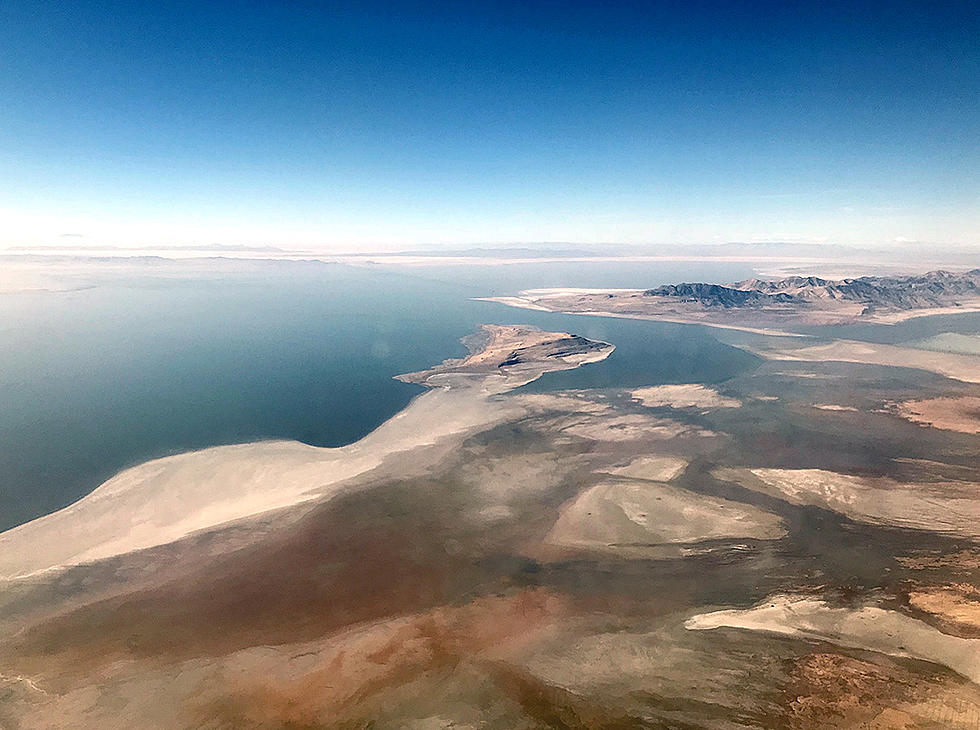
Environmentalists sue Utah to halt collapse of Great Salt Lake
Edvard Pettersson
(CN) — A coalition of environmentalist groups sued Utah on Wednesday to force the state to limit the upstream diversion of water that otherwise would flow into the Great Salt Lake, which they say faces a complete ecosystem collapse.
“The baby steps Utah has taken at the Great Salt Lake are woefully inadequate to sustain the American West’s largest wetland ecosystem and we need the state to stop ignoring the upstream water diversions that are spiraling the lake and its wildlife into oblivion,” Zach Frankel, executive director of the Utah Rivers Council, said in a statement.
Since 2020, according to the complaint filed in Utah state court, the lake has suffered a water deficit of more than a million acre-feet of water per year, and the lake’s elevation has dropped to a level near 4,188 feet above sea level. That is 10 feet below the minimum healthy elevation identified by experts, the Utah Physicians for a Healthy Environment, American Bird Conservancy and other groups claim.
This situation only threatens to get worse, they say, and scientists have predicted that the ecological integrity of the lake could collapse entirely within five years, which would cause the state to lose billions of dollars each year, as well as thousands of jobs.
This year, researchers from Brigham Young University published a report saying the Great Salt Lake is in significant danger of drying up and causing catastrophic damage to wildlife and Utahns.
As water levels in the lake drop, the salinity of the water rises, making it harder for life in the lake, specifically brine shrimp and brine flies. Both the flies and the shrimp are an important source of food for migratory birds that stop at the lake. The shrimp are at the center of a multimillion-dollar industry that uses their eggs, called cysts, for fish farms around the world.
Because of overconsumption of water — 72% of which is used for watering crops like alfalfa — and climate change, the lake has lost 73% of its water and 60% of its surface area since 1850, according to the BYU study.
As the lake dries up, antimony, copper, zirconium and arsenic in the lake bed could be exposed. Dust storms could sweep the metals and metalloids into the Wasatch Front, an area that includes Salt Lake City and the state’s major population centers. This would put millions of people at risk for respiratory illnesses, cancers and other medical problems.
The environmentalist groups claim Utah’s common law and constitution "impose robust public trust duties" that require the state to protect the lake. Leading experts, they say, have concluded that the state cannot sustain a minimum viable water level of 4,198 feet without modifying upstream diversions.
"There has been unprecedented interest, investment and action to preserve and protect the Great Salt Lake in recent years," said Joel Ferry, the executive director of the Utah Department of Natural Resources, which is named as a defendant in the lawsuit. "The state has been actively working with many interested parties on the lake. Working together, we have found more productive ways to effect change."
The groups accuse Utah of breaching its trust duty to undertake feasible means of achieving a lake level consistent with continued trust uses. They seek a court order for the state to take action sufficient to ensure that any further decline in the lake’s average annual elevation ceases within two years of the court’s judgment and to restore the Great Salt Lake to at least the minimum elevation of 4,198 feet within 10 years.
The environmentalist groups are represented by attorneys from Zimmerman Booher in Salt Lake City and attorneys from Earthjustice in Bozeman, Montana, Denver and San Francisco.
